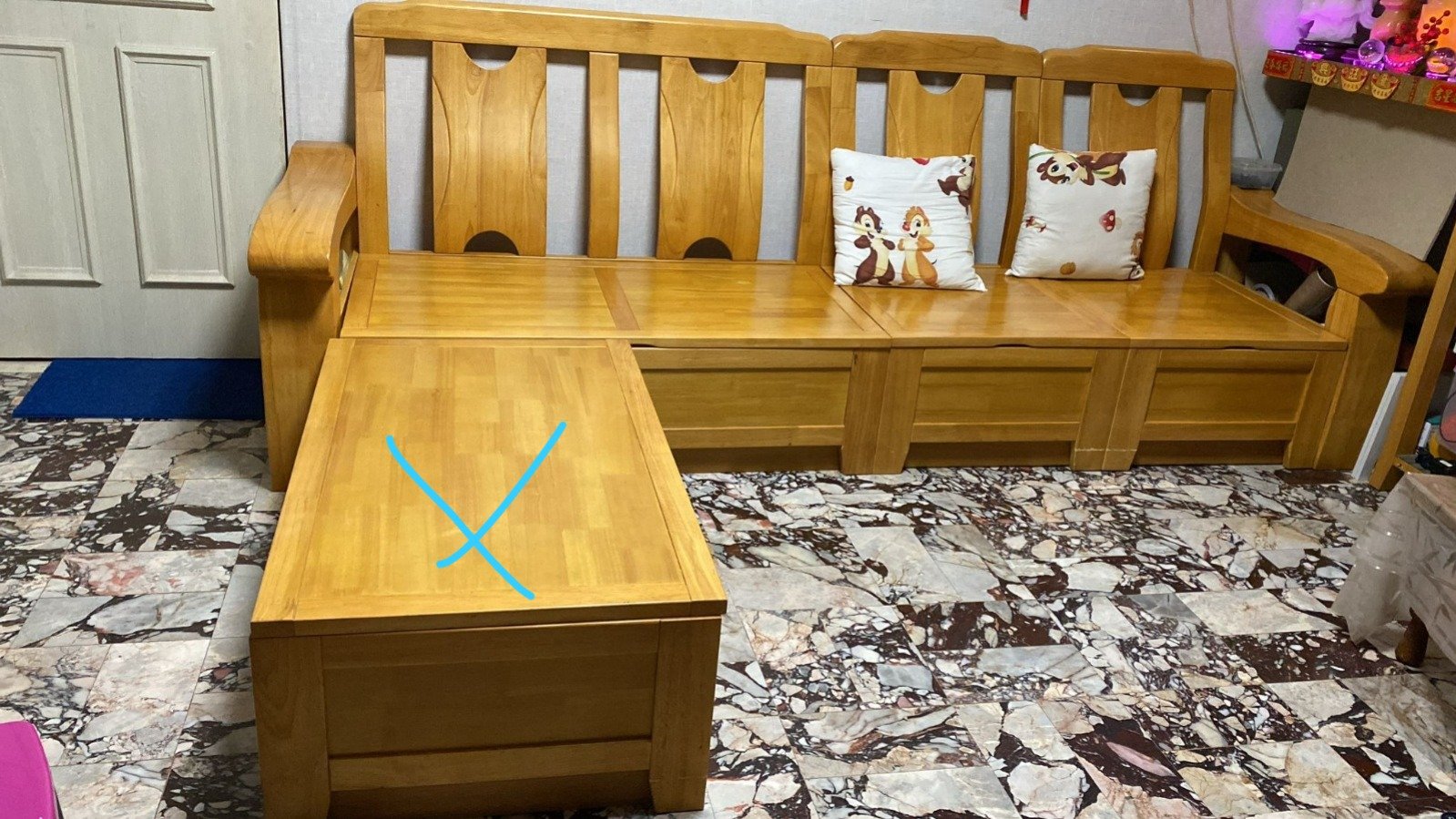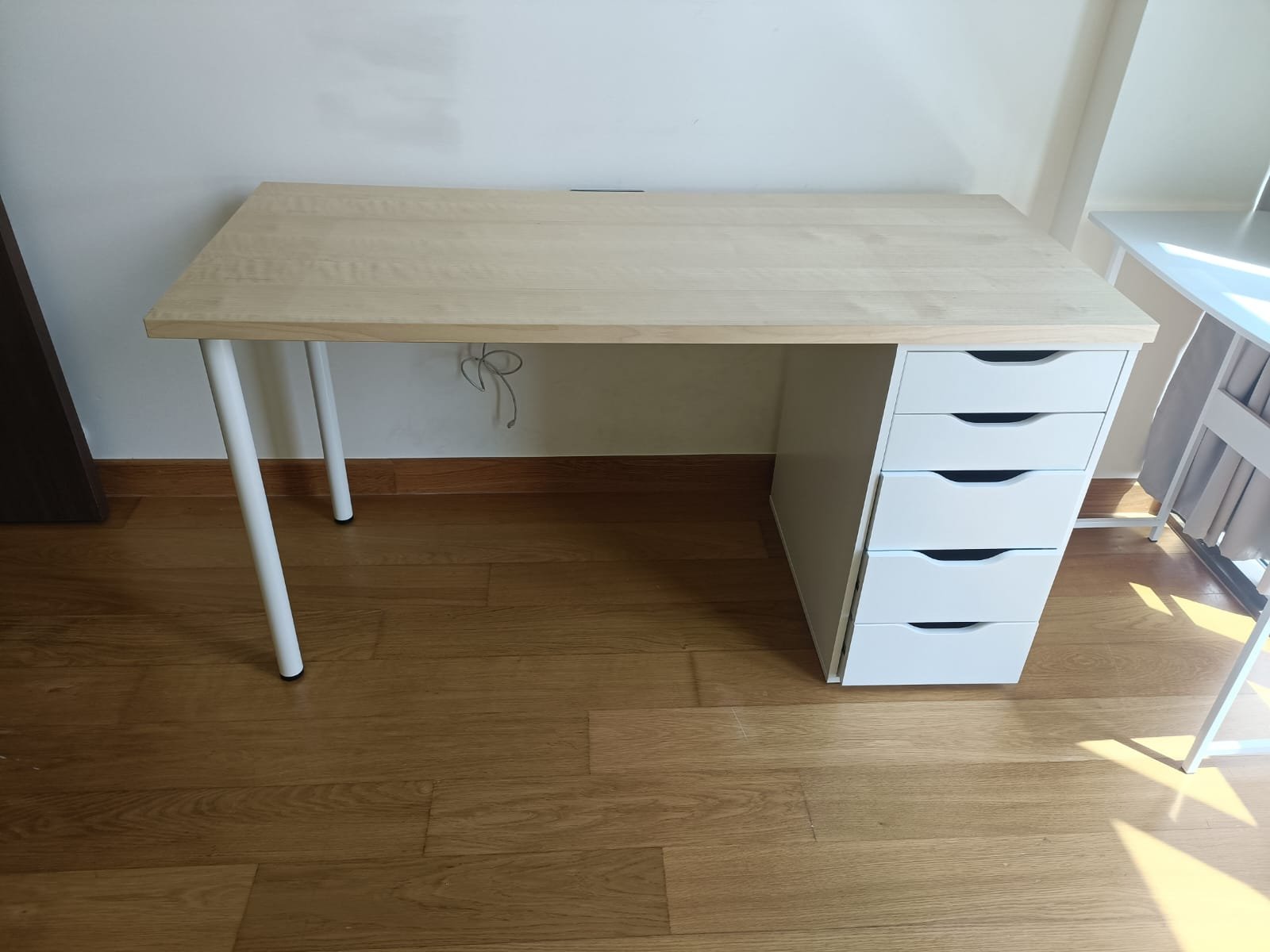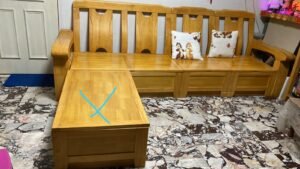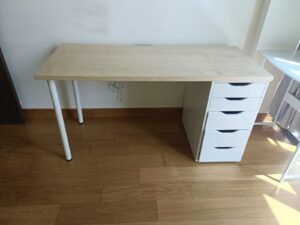Giving Furniture a Second Chance
When it comes to home improvement, how to repaint and restore old furniture is one of the most rewarding projects you can take on. Many of you may have pieces that hold sentimental value, yet no longer fit your interior style. That’s where we come in, our passion lies in helping you breathe new life into tired, forgotten furniture, turning them into statement pieces that blend charm with function.
Why Repainting and Restoring Furniture Matters
Repainting and restoring old furniture is not just about aesthetics; it’s also about sustainability. By working with us, you’re not only saving money but also reducing waste. Rather than discarding old wooden tables, chairs, or cabinets, restoration gives them new purpose.
Emotional Value Behind Old Pieces
For many, an old chair might carry family memories, while a table might remind you of cherished gatherings. Preserving these pieces through restoration allows you to keep that emotional connection alive while updating them for modern use.
Tools and Materials You’ll Need
Before diving into how to repaint and restore old furniture, preparation is key. Having the right tools and materials ensures the process is smooth and the results are long-lasting.
- Sandpaper or electric sander
- Primer and high-quality paint
- Brushes or rollers
- Protective gloves and mask
- Wood filler for repairs
- Clear sealant or varnish for finishing
We recommend choosing eco-friendly paints and sealants wherever possible, aligning with our mission of sustainability.
Step-by-Step Guide on How to Repaint and Restore Old Furniture
Step 1: Clean and Inspect
Start by cleaning the furniture thoroughly. Dust, dirt, and grease can interfere with paint adhesion. As we’ve seen through countless projects, even a simple wipe-down with mild soap and water can make a big difference.
Step 2: Sand and Repair
Sanding smooths out imperfections and prepares the surface for priming. Don’t skip this step, it’s the foundation of a successful repaint. While sanding, check for cracks or chips. Using wood filler, we repair and strengthen the piece to ensure durability.
Step 3: Prime the Surface
Priming prevents stains from bleeding through and provides a solid base for your chosen paint color. We emphasize this stage because it guarantees that your furniture will maintain its beauty for years to come.
Step 4: Paint with Care
Apply thin, even coats of paint. It’s better to do multiple layers than one thick coat. This method minimizes drips and ensures a smooth finish. From our experience, patience pays off here.
Step 5: Seal for Protection
After the paint dries, sealing the furniture with varnish or a clear coat protects it from scratches and daily wear. This extra step adds both longevity and shine.
Design Inspiration: Choosing Colors and Styles
Once you’ve mastered the basics of how to repaint and restore old furniture, the fun begins, selecting colors and finishes.
- Neutral tones like beige or gray offer timeless elegance.
- Bold colors such as navy, emerald, or mustard create striking focal points.
- Distressed finishes bring vintage charm for rustic interiors.
We’ve seen firsthand how a splash of color can completely transform the energy of a room. By pairing your furniture with the right shade, you can align it seamlessly with your existing décor. And if you’d like to explore how to identify valuable antique furniture that adds timeless character to your home, check out our guide on How to Spot Valuable Antique Furniture: Tips for Your Home.”
Common Mistakes to Avoid
Even though repainting and restoring is rewarding, mistakes can happen. Here are some pitfalls we help clients avoid:
- Skipping sanding or priming
- Using cheap brushes that leave streaks
- Rushing between coats of paint
- Neglecting proper ventilation during painting
- Forgetting to seal the finished product
By steering clear of these missteps, you ensure that your hard work results in a flawless finish.
Benefits of Partnering with Experts
While DIY is fulfilling, sometimes professional restoration delivers the precision and durability you need. Our team has restored countless pieces, and we bring expertise that guarantees results. Whether it’s matching original details, achieving flawless finishes, or recommending the best materials, we’re here to make the process effortless for you.

Final Thoughts: Restoring with Purpose
Learning how to repaint and restore old furniture gives you the tools to transform worn-out pieces into treasures once more. Beyond aesthetics, it’s an act of sustainability and preservation, values we hold close at Second Chance Furniture.
If you’re ready to give your furniture a second life but prefer expert hands, we invite you to explore our dedicated restoration services at Second Chance Furniture. With our commitment to craftsmanship and eco-friendly practices, we ensure your pieces will shine in your home for many years to come.
Frequently Asked Questions (FAQs)
What does Second Chance Furniture specialize in?
We specialize in quality second-hand furniture and home items, offering both individual and wholesale options. We carefully curate each piece to ensure value, style, and durability for our customers.
Does Second Chance Furniture offer delivery services?
Yes, we provide delivery/shipping options for most items purchased. Delivery fees may vary depending on item size, weight, and destination. Please contact us or check during checkout for details.
Can I visit to see the items before I buy?
Absolutely. We encourage you to visit our location to view and inspect the furniture in person so you’re fully confident before purchasing.
Is there a fee for listing my furniture with you (consignment)?
Yes. Our consignment service includes a sales commission and there is an optional fee for featured listing. For more precise details, please contact us directly.
Are prices negotiable?
es, for many items we are open to negotiation. If you see something you like, feel free to ask—we’d be happy to discuss a fair price.









